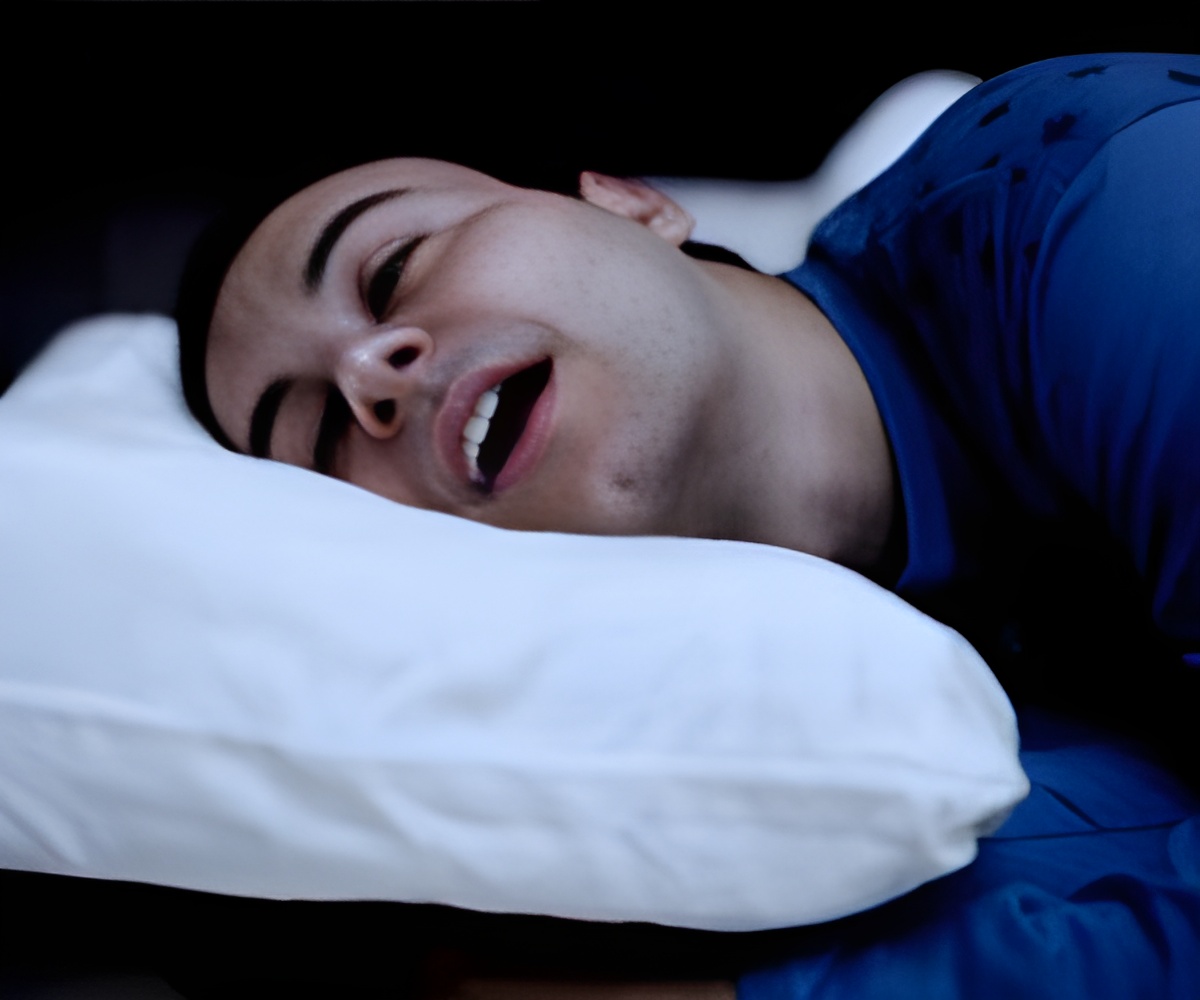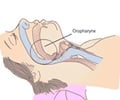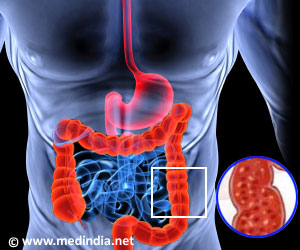Larger tongue, tonsils, and soft palate may indicate risk for OSA; researchers use cost-effective digital measurement tools to assess patients

‘Digital camera and laser ruler can be used to quantify intraoral anatomy, particularly for measures of the tongue and mouth, airway visibility, and Mallampati score’





Researchers from the Center for Sleep & Circadian Neurobiology aimed to reproducibly quantify pharyngeal structures by using digital morphometrics based on a laser ruler, and to assess differences between subjects with OSA and control subjects and associations with apnea-hypopnea index (AHI). This method would be a more cost-effective solution to expensive imaging like MRI and CT scans, which are normally used to assess OSA risk.The study aimed to reproducibly quantify pharyngeal anatomy of 318 control subjects with AHI and 542 subjects with OSA and determine the differences. Using overnight polysomnography, a laser ruler, and morphometric photographs, researchers found that digital morphometrics could be used to assess the differences between subjects with OSA and control subjects and associations with AHI.
Results showed that a digital camera and laser ruler can be used to quantify intraoral anatomy, particularly for measures of the tongue and mouth, airway visibility, and Mallampati score. This study also showed that measures of the tongue were larger in subjects with OSA vs control subjects in unadjusted models and controlling for age, sex, and race. Similar results were also found in patients with AHI severities.
"Digital morphometrics is an accurate, high-throughput, and noninvasive technique to identify anatomic OSA risk factors," said Dr. Richard J. Schwab, lead researcher. "Morphometrics may also provide a more reproducible and standardized measurement of the Mallampati score."
Source-Eurekalert















